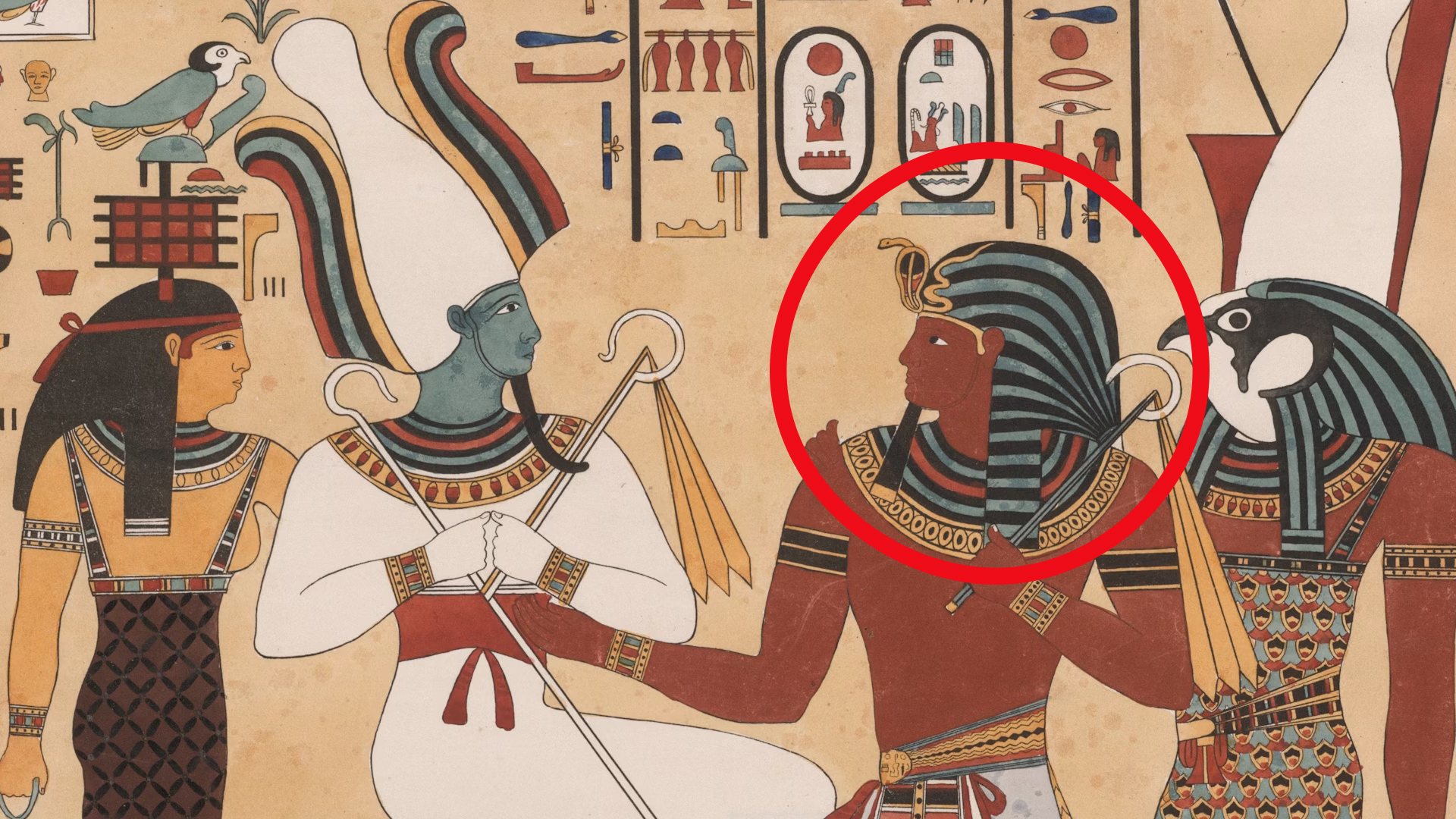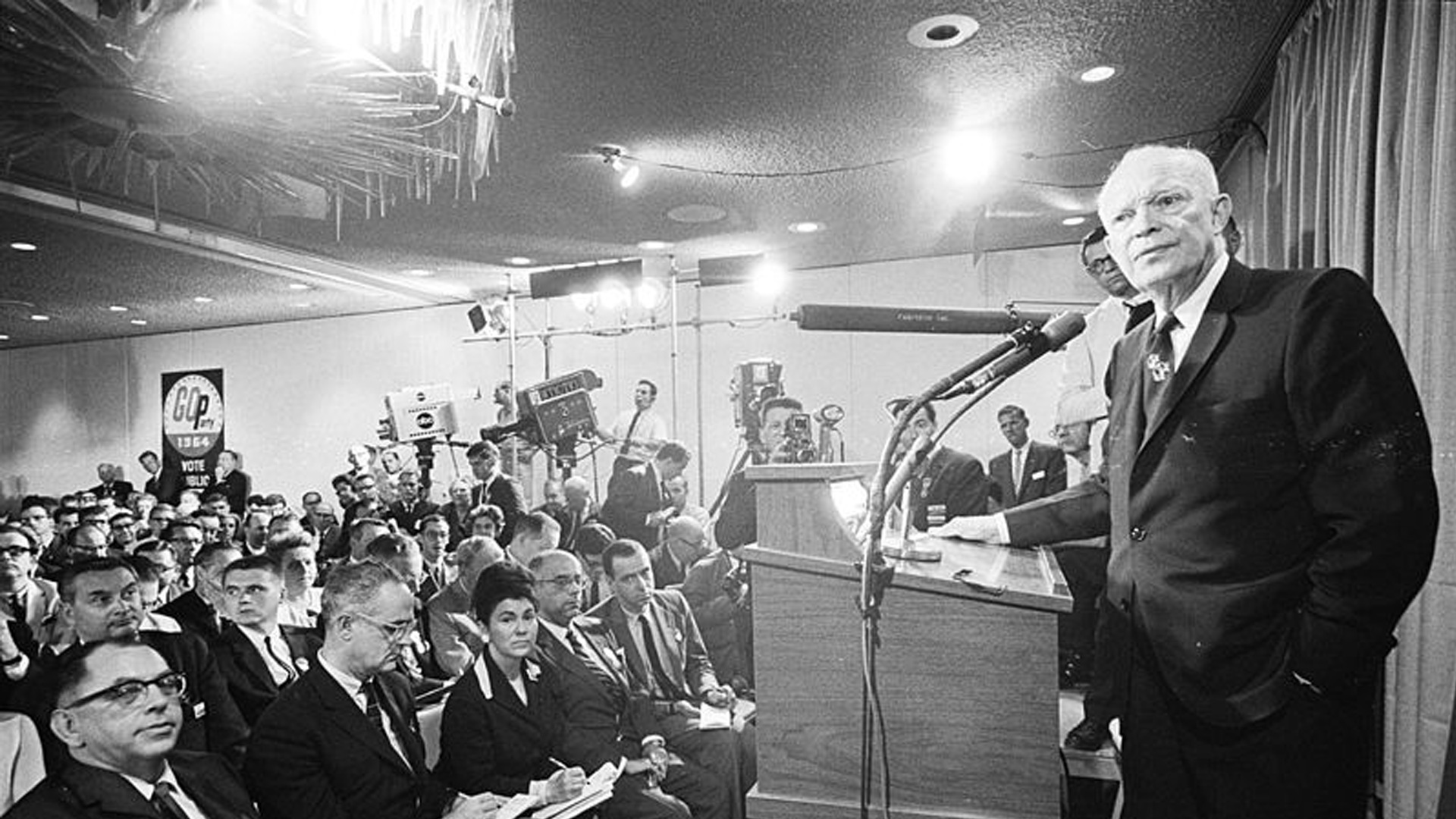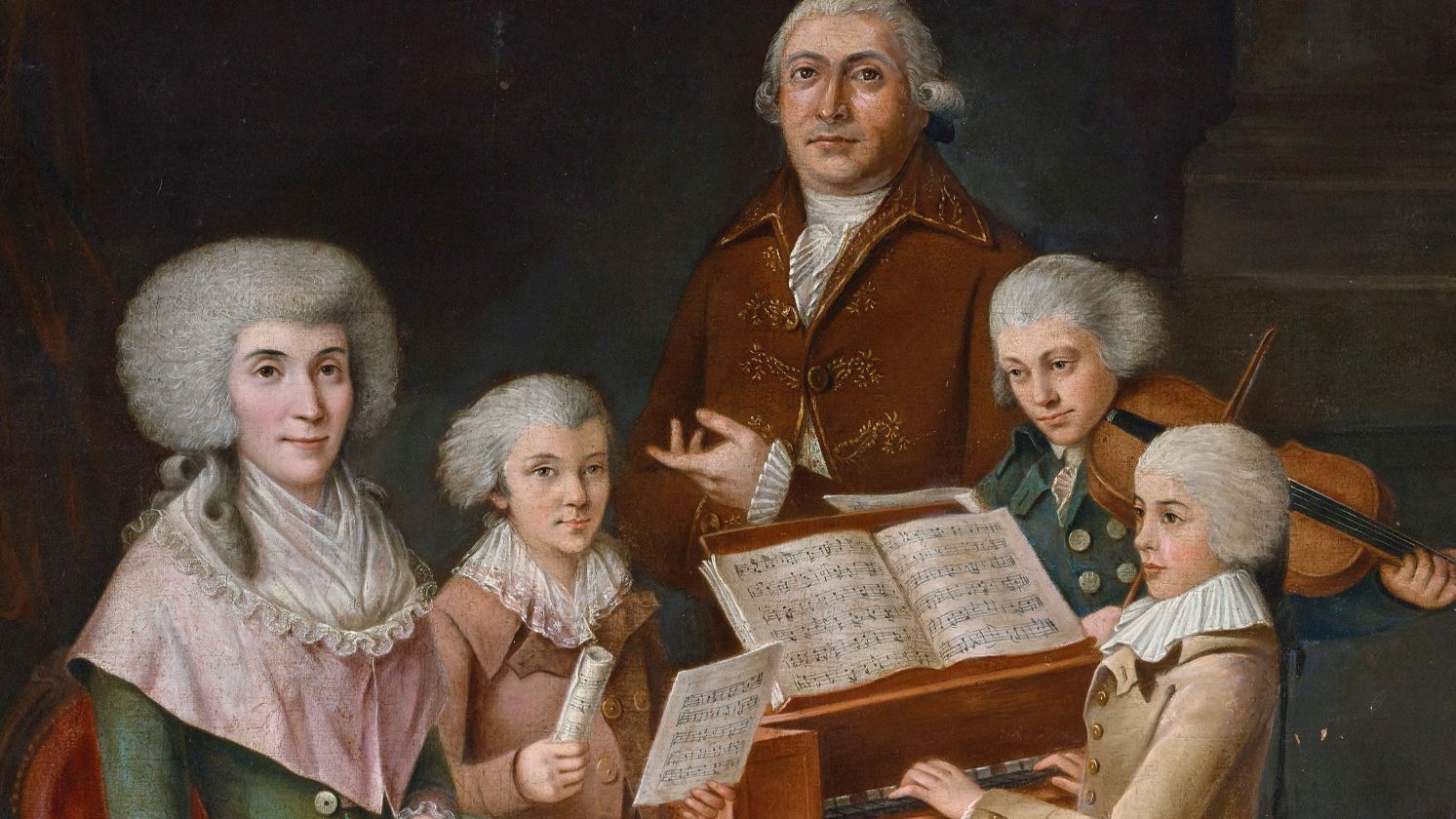History Isn’t Always What It Seems
Many popular stories about America’s past have been repeated so much that they seem unquestionable—yet some miss the mark entirely. By looking at twenty persistent myths, you’ll get a clearer picture of the real history and how it shaped the country. It’s a fresh perspective that’s both fun and enlightening. If you’re intrigued and want to discover the truth, read on and join the conversation.
1. The Pilgrims Came For Religious Freedom
People often think the Pilgrims wanted freedom for everyone. Actually, their “freedom” was mostly for themselves. They kicked out dissenters like Roger Williams. So, even though they talked about liberty, their tolerance didn’t stretch far beyond their own beliefs.
2. Columbus Discovered America
Despite the legend, Columbus never reached the land we now call the United States. Indigenous communities had flourished here for ages. Leif Erikson's arrival came hundreds of years earlier, yet school lessons wrongly crown Columbus.
 Ridolfo del Ghirlandaio on Wikimedia
Ridolfo del Ghirlandaio on Wikimedia
3. Paul Revere Rode Alone
The famous midnight ride was not a one-man mission. Paul Revere rode with William Dawes and Samuel Prescott. Revere was captured before reaching Concord, while Prescott carried the warning through. Longfellow's poem left out the others, cementing the myth of Revere as a lone hero.
 Edward Mason Eggleston (1882-1941) on Wikimedia
Edward Mason Eggleston (1882-1941) on Wikimedia
4. The Civil War Was About States’ Rights
Some frame the Civil War as a debate over states’ rights, but slavery stood at its center. Southern states made that aim explicit in speeches and documents—the states’ rights claim functioned as a disguise for defending the practice of enslavement.
 James F. Gibson / Adam Cuerden on Wikimedia
James F. Gibson / Adam Cuerden on Wikimedia
5. The Founding Fathers Wanted Pure Democracy
At first, the US was a republic, not a full democracy. The founders were worried about mob rule, so only land-owning white men could vote. The Electoral College was part of that cautious design. Over time, democracy expanded beyond those limits and changed the original plan.
6. George Washington Had Wooden Teeth
Washington’s teeth weren’t made of wood, even though that’s the popular idea. They were ivory, gold, and even human teeth. Wine stains made them look wooden, which caused the confusion. So, his dental troubles were real, but the wooden teeth story is far from reality.
7. The Emancipation Proclamation Freed All Slaves
The Emancipation Proclamation was a big step, but it didn’t free all slaves instantly. It applied only to the Confederate states and left the border states alone. Slavery still stuck around in parts of the country until the 13th Amendment ended it fully.
 Francis Bicknell Carpenter on Wikimedia
Francis Bicknell Carpenter on Wikimedia
8. Lincoln Always Opposed Slavery
Lincoln didn’t start as a strict abolitionist. Early on, he wanted to stop slavery’s spread and supported sending freed Black people overseas. His views changed during the conflict because of political pressures. This shows that his stance evolved over time.
9. The US Has Always Welcomed Immigrants
America’s welcome has never been the same for everyone. The Chinese Exclusion Act shut out an entire nationality, while quotas tightened the door for others. Irish and Jewish immigrants faced open hostility, and during WWII, Japanese Americans were sent to camps.
10. The Boston Tea Party Was About Taxes Alone
The Boston Tea Party wasn't about overpriced tea. In fact, British tea was cheaper than the alternatives. But the tax signaled Britain was tightening its grip. Many colonists kept sipping smuggled tea, making the protest less about pennies and more about political control.
 Original uploader was Cornischong at lb.wikipedia on Wikimedia
Original uploader was Cornischong at lb.wikipedia on Wikimedia
11. Rosa Parks Was Just Tired
The idea that Rosa Parks was “just tired” doesn’t tell the whole story. She was a trained civil rights activist, and her arrest was part of a planned protest by the NAACP. Her story was shaped to be more palatable, but it was actually powerful and strategic.
 John Mathew Smith & www.celebrity-photos.com from Laurel Maryland, USA on Wikimedia
John Mathew Smith & www.celebrity-photos.com from Laurel Maryland, USA on Wikimedia
12. Why The US Entered WWII
America’s decision to join WWII came after Pearl Harbor, long before most understood the Holocaust’s scale. Refugee admissions stayed low, shaped by bias. Only later did moral arguments about liberation reshape the story told in history books.
 Photograph from the U.S. Army Signal Corps Collection in the U.S. National Archives. on Wikimedia
Photograph from the U.S. Army Signal Corps Collection in the U.S. National Archives. on Wikimedia
13. Native Americans Vanished Before Modern Times
The myth that Native Americans vanished long ago couldn’t be further from the truth. Today, about 574 tribes exist in the US, with vibrant cultures and activism. Urban Native populations are also growing. The story of their vanishing? It was a 19th-century idea used to erase Indigenous influence.
 Boston Public Library on Unsplash
Boston Public Library on Unsplash
14. The US Was Isolationist Until WWI
America wasn’t quietly sitting on the sidelines before World War I. The country annexed territories in the Pacific and Caribbean and invested heavily in its navy. By 1917, it already had a strong presence beyond its borders.
 William Allen Rogers on Wikimedia
William Allen Rogers on Wikimedia
15. The Alamo Was A Fight For Freedom
Beneath the legend of the Alamo lies a more tangled reality. Mexico had banned slavery, a move many Texian settlers opposed. Economic interests and racial attitudes shaped the clash, though later retellings recast it as a stand for freedom.
 William Ludwell (Ludlow) Sheppard (1833 - 1912) on Wikimedia
William Ludwell (Ludlow) Sheppard (1833 - 1912) on Wikimedia
16. The Great Depression Ended With The New Deal
Unemployment never disappeared under the New Deal, despite its sweeping reforms. It took the surge of WWII production to end the economic slump. While programs laid the groundwork, the war’s factories carried the final push into prosperity.
 Chinmaya S Padmanabha on Wikimedia
Chinmaya S Padmanabha on Wikimedia
17. The US Has Never Lost A War
American military history includes moments when strength didn’t secure success. Vietnam ended with withdrawal, Korea froze in a stalemate, and the War of 1812 left no clear winner. Power alone couldn’t always achieve objectives abroad.
 U.S. Air Force (Operation Holly 1970 (Folder 13 of 15), sheet 182) on Wikimedia
U.S. Air Force (Operation Holly 1970 (Folder 13 of 15), sheet 182) on Wikimedia
18. Thanksgiving Was Always A Peaceful Celebration
The first Thanksgiving feast wasn’t the peaceful gathering you’d imagine. It was followed by conflict and war. Later on, Thanksgivings sometimes marked Native American defeats. Back then, relations were complex and often violent, so the holiday’s story is more complicated than just a happy meal.
 Jean Leon Gerome Ferris on Wikimedia
Jean Leon Gerome Ferris on Wikimedia
19. Women Gained The Right To Vote In 1920
While 1920 marked a milestone with the 19th Amendment, some western states let women vote earlier. Native American women got voting rights in 1924, and many Black women couldn’t vote for decades more. These rights expanded unevenly, with time, not all at once.
 Unknown authorUnknown author on Wikimedia
Unknown authorUnknown author on Wikimedia
20. The 1920 Prohibition Stopped Alcohol Consumption
That prohibition didn't end drinking. Instead, it drove the bottles underground. Speakeasies thrived, bootlegging boomed, and organized crime grew. Enforcement was also inconsistent and corrupt, making the ban more of a challenge than a solution.
KEEP ON READING

The Mysterious "Sea People" Who Collapsed Civilization
3,200 years ago, Bronze Age civilization in the Mediterranean suddenly…
By Robbie Woods Mar 18, 2025
The Turning Point: 20 Facts About The Battle of Normandy
Normandy Changed The Game. The Battle of Normandy marked a…
By Chase Wexler Jun 4, 2025
20 Inventors Who Despised Their Creations
Made It… Then Hated It. Inventors often dream big, but…
By Chase Wexler Aug 8, 2025
20 Important Names From World War II You Should Know
Key Players From World War II (For Good or Bad).…
By Cathy Liu Nov 7, 2024
The Musical Prodigy: 10 Fascinating Facts About Mozart & 10…
Secrets Behind the Symphony. Wolfgang Amadeus Mozart remains one of…
By Chase Wexler May 5, 2025
20 Hilarious Slang Terms From The Wild West
Listen Here, You Hoity-Toity Tenderfoot. The American West was filled…
By Maria Cruz Aug 14, 2025







